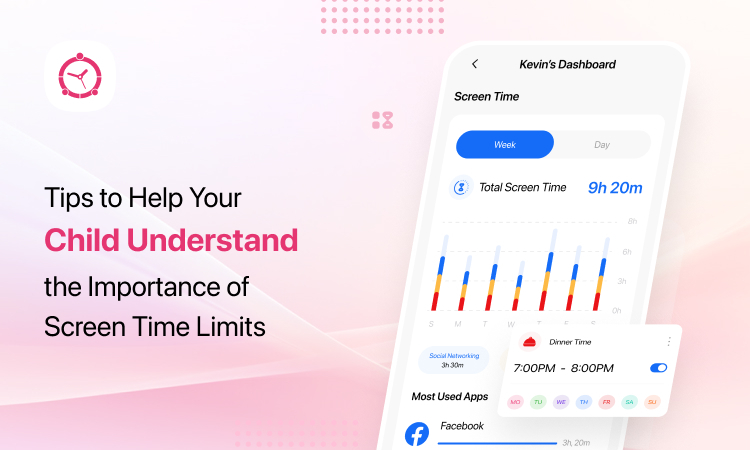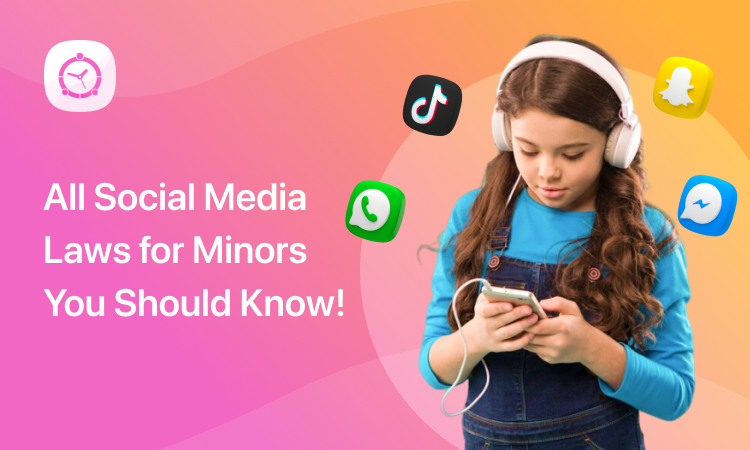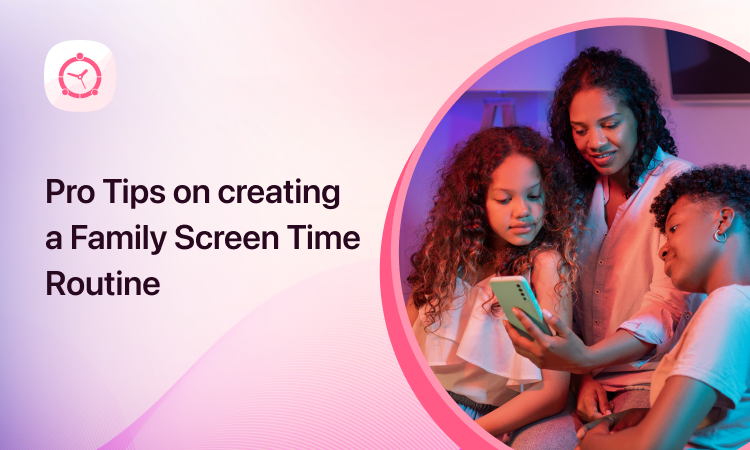Are you experiencing conflicts with your children or young teens regarding screen time limits? It’s possible that they may not fully understand the importance and necessity of these limits. However, there is a solution to address this situation: you can assist them in comprehending the reasons behind screen time limits.
Guiding them through these factors is neither difficult nor impossible; it just requires approaching the situation in the right way. Let’s explore some practical tips to help you initiate a healthy conversation that yields positive results.
Start the Conversation Early
Before handing your children a digital device and implementing restrictions, it’s advisable to engage in communication and education. Initiating a conversation about screen time limits with your child lays a foundation for the future.
Starting this discussion at a young age instills a sense of awareness in them about adhering to specific screen time limits. For young teens, a more comprehensive communication approach is recommended. Engaging in friendly conversations and addressing their concerns will help them grasp the importance of screen time management.
Be a Role Model
Children learn by observing their parents. Demonstrate responsible screen time behavior by setting your own limits and adhering to them. When your child witnesses you practicing what you advocate, they’re more likely to comprehend the significance of moderation.
Furthermore, this approach can simplify things with young teens. They will naturally catch on to the routine and continue to follow your lead.
Explain the “Why”
Children are more likely to embrace rules when they comprehend the reasoning behind them. Instead of emphasizing your authority, prioritize their right to information, questioning, and seeking understanding.
Take the time to explain that excessive screen time can affect sleep, physical activity, and social interactions. Utilize relatable examples to help them grasp the concept. Over time, they will come to accept the screen time limits on their Android or iPhone devices, depending on what they’re using.
Set Clear Screen Time Limits
Set distinct screen time limits for various activities, including educational apps, entertainment, and social media. Clearly convey these limits to your child and make use of a screen time app on their device to display them. You might consider utilizing the ‘Screen Time’ feature of the FamilyTime parental control app for Android or iPhone.
Offer Engaging Alternatives
Introduce alternative activities that capture your child’s interest. Engaging in arts and crafts, playing board games, reading books, and cooking are just a few examples of activities that can divert their attention from screens.
Practice Family Screen Time
Allocate dedicated times for family screen activities, such as watching a movie together or engaging in a video game as a family. This practice not only enhances family connections but also helps children view screens as a means of shared experiences rather than isolating activities.
Wrap Up!
Aiding your child in comprehending the significance of screen time limits is a collaborative journey. By initiating conversations early, setting a positive example, and elucidating the reasons behind these limits, you can empower your child with the skills to make responsible choices in the digital realm.
By establishing distinct boundaries, offering engaging alternatives, and striking a balance between screen time and other activities, you’re laying the foundation for a healthy relationship with technology.








